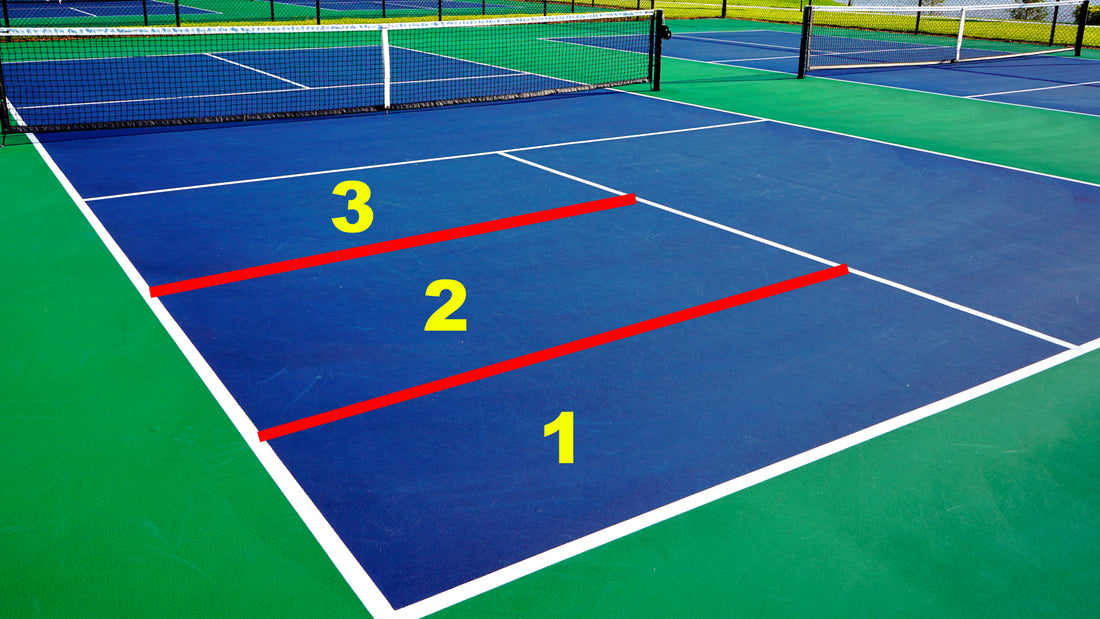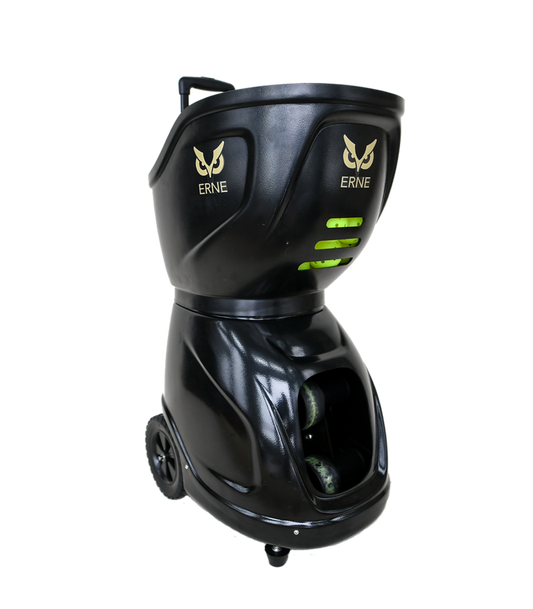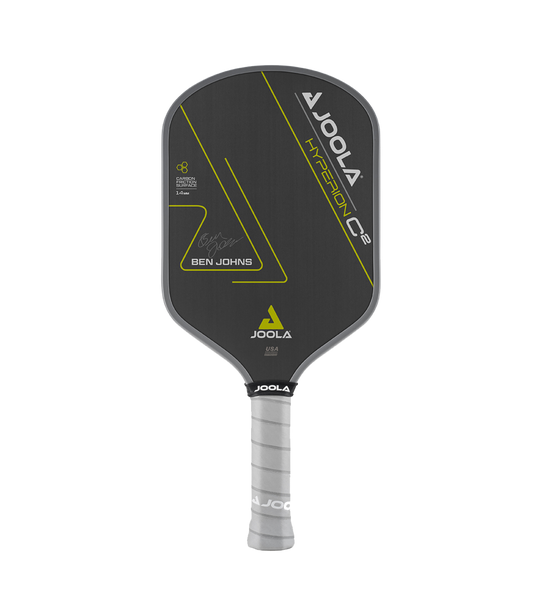I’ve said it a billion times, so let’s make it a billion and ONE: there’s zero value in rushing to the kitchen line after our 3rd.
"WHAT?" I hear you ask. That goes against everything anyone has ever told me about basic pickleball strategy. But the key to my above assertion is in the word rush.
Of course, there will be a couple times here and there where our 3rd drop is perfect, or we take a risk off a ‘crush-n-rush’ drive.
But mostly, we’ll need to move patiently to the kitchen, not rush.
To help with this difficult “rushing” process, I visualize the transition area being broken into three sections.
My goal is to play a ball in each section, unless, again, the 3rd is absolutely perfect.
Check out the image at the top of this article:
Section one: The 3rd ‘hit and assess.’
Maybe we have to hold and reset our 5th because our 3rd was hit too high. This spot allows us the most patience and calm to begin our move forward.
Section two: This is a very dynamic section, because it offers many options.
We can move into this area after a good 3rd, but still have to be weary of a solid opponent rolling it down at our feet off the bounce, so rushing will only get us hurt.
We also may have to remain patient after an OK 5th and prepare for a 7th shot.
My favorite part of section two, however, is the line that connects it to section three. This line is MY target as I move through transition, and should be yours, as well.
If we get our feet on this last line, we’re essentially already “in.”
Read Next: Crossover Backhand Dinks are Your Friend
We wouldn’t be that far through without well-struck resets, so we can comfortably say all that’s left is one last drop and we can literally step to the kitchen line.
Focusing on section three’s line, rather than the kitchen, automatically slows down our transition play and creates more patience through each shot.
If we’re not worried about always having to touch the kitchen line (and hit section three’s line instead), we’ll never rush, making it easier to hold our lower half still through contact, which will result in a more consistent transition play.



